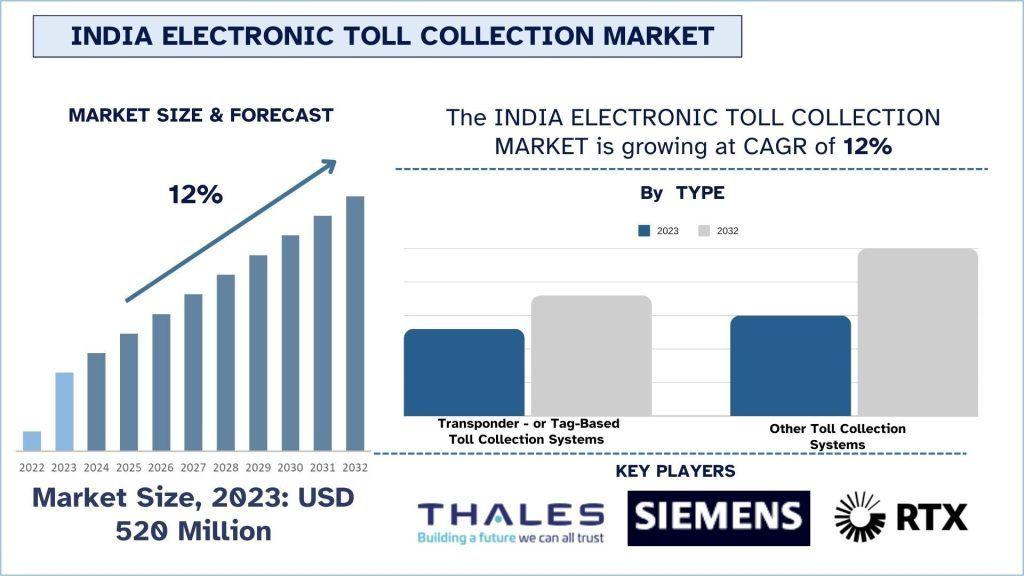Sponsor
Reservoir Monitoring Driving US Smart Well Market
Reservoir monitoring - Continuous monitoring supports enhanced recovery and field development planning.
Reservoir monitoring is a critical and continuous process in the oil and gas industry that involves the observation and measurement of key reservoir parameters over time. The primary goal is to understand the behavior of the underground reservoir, manage its performance, and optimize the recovery of hydrocarbons. It is a fundamental component of effective reservoir management, providing the data needed for informed decision-making throughout a well's lifecycle.
Why Reservoir Monitoring is Essential
Reservoir monitoring goes beyond initial geological surveys and well drilling. It provides real-time and time-lapse data that helps operators:
Optimize Production: By tracking changes in reservoir pressure, temperature, and fluid movement, companies can adjust production rates, manage artificial lift systems, and improve the overall efficiency of hydrocarbon extraction.
Maximize Recovery: Monitoring helps identify bypassed pockets of oil or gas, which can lead to the placement of infill wells and the implementation of enhanced oil recovery (EOR) techniques to extend the productive life of a field.
Ensure Long-Term Sustainability: For carbon capture and storage projects, reservoir monitoring is essential for ensuring that injected carbon dioxide remains safely and permanently stored underground.
Reduce Costs and Risk: By providing data that helps prevent equipment failure and reduces the need for costly and time-consuming well interventions, monitoring can significantly lower operational expenses and improve safety.
Key Monitoring Technologies
A variety of advanced technologies are used to monitor reservoirs, both from the surface and directly from within the wellbore:
Seismic Monitoring (4D Seismic): This is one of the most powerful tools for large-scale reservoir monitoring. A series of seismic surveys are conducted at different points in time (hence the "4th dimension" of time) to create a time-lapse movie of the reservoir. By analyzing changes in the seismic data, geoscientists can map the movement of fluids, identify gas or water fronts, and locate undrained sections of the reservoir.
Permanent Downhole Sensors: These sensors are installed inside the wellbore at the time of drilling. They provide continuous, real-time data on parameters like pressure, temperature, and fluid flow from different layers of the reservoir. This information is invaluable for managing production without the need for manual, wireline-based measurements.
Fiber Optic Monitoring: Fiber optic cables can be installed along the length of a well. Using technologies like Distributed Acoustic Sensing (DAS) and Distributed Temperature Sensing (DTS), these cables can provide a continuous stream of data on temperature, pressure, and acoustic activity, offering a highly detailed profile of the well and the surrounding reservoir.
Tracer Technology: This method involves injecting special chemical "tracers" into a well, which are then detected in a producing well. By analyzing the time it takes for the tracer to appear and its concentration, engineers can understand the fluid flow paths and communication between wells, which is crucial for optimizing water or gas injection programs for EOR.
Satellite and Remote Sensing: While less common for detailed reservoir analysis, remote sensing technologies can be used for broad-area monitoring, such as detecting ground subsidence over oil and gas fields, which can be an indicator of reservoir depletion.






